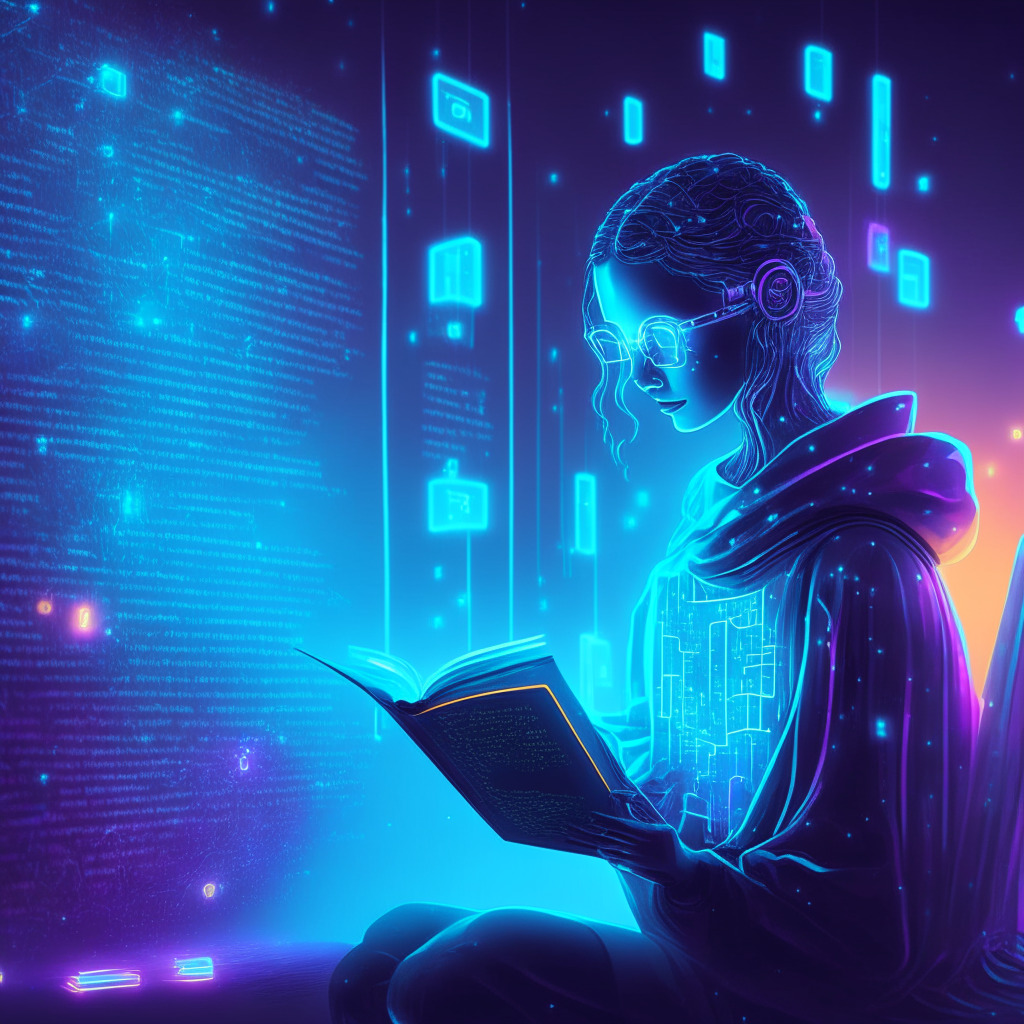Etherscan, a popular Ethereum blockchain scanning website, announced the introduction of an innovative tool that leverages artificial intelligence (AI) technology to assist users in decoding the source code of smart contracts. Developed by OpenAI, this tool enables users to clarify specific portions or the entirety of a smart contract’s source code.
This new offering, Code Reader, allows users to access the “read” and “write” functions of a smart contract. By tapping into these crucial functionalities, users can make well-informed decisions on how to interact with smart contracts and even explore possible applications in decentralized platforms. With the recent surge in AI interest, primarily due to OpenAI’s ChatGPT chatbot, companies in the crypto and blockchain sectors have been quick to implement AI-based tools for traders and developers.
Last week, the integration of ChatGPT into the Bybit trading platform made headlines, reflecting the growing enthusiasm for AI technologies in the crypto sphere. However, Etherscan emphasizes that the Code Reader tool is designed solely for informational purposes. Users should verify the answers it generates and avoid relying on them as evidence or for bug bounty submissions.
To utilize the Code Reader tool, users must connect to OpenAI’s API and have sufficient usage limits. APIs, or application programming interfaces, facilitate communication and information sharing between two computer programs. One limitation of Etherscan’s current offering is that it does not support conversation threads with the chatbot and can only be queried through one-off prompts.
The deployment of AI technology in blockchain and cryptocurrency-related platforms has both advantages and drawbacks. On the one hand, it allows users to better understand, interact with, and utilize smart contracts. This could potentially improve decision-making and accelerate the adoption of decentralized applications.
On the other hand, the reliance on AI-generated information may lead to overconfidence and ultimately decision-making errors. Users must exercise due diligence and verify the information they obtain from these AI tools before acting upon them. In addition, the AI technology might not fully grasp the context or intent behind complex smart contracts, leading to inaccurate or misguided responses.
In conclusion, while AI-powered services like Etherscan’s Code Reader offer valuable insights and functionality for blockchain enthusiasts, they should be used judiciously. Users must balance the benefits of AI-generated information with the potential risks and maintain a healthy level of skepticism. By approaching these tools with caution and verifying their output, users can harness their power and make informed decisions within the rapidly evolving world of blockchain and cryptocurrencies.
Source: Coindesk




